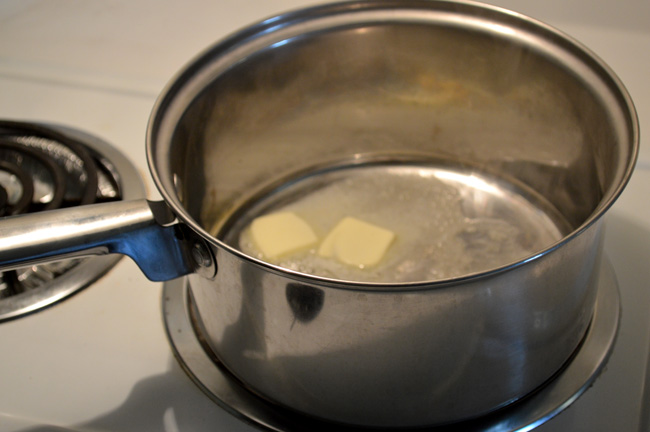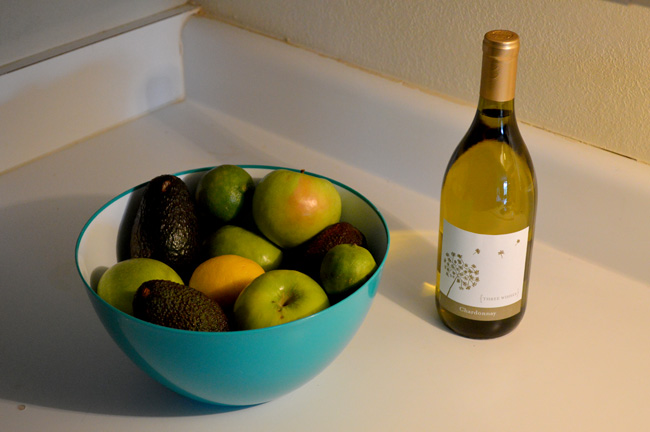Eating well while traveling is a delicate dance between being flexible and proactive. On the one hand traveling is often hard on your body. You are sleeping in strange places, at strange times, and often not well or long enough. You’re exposed to different (and usually more) germs as you go through crowded airports and gas stations and hotel lobbies. So eating well is really important for helping you keep your body’s defenses and rhythms up to fight off infections effectively; you’ve come a long way just to be sick in your hotel room (even if you’ve beautified it).
And yet, it’s unrealistic to think you can eat exactly as (well as) you would at home. Where you are has local options and culinary adventures. You need to meet friends at their favorite restaurants to catch up, or perhaps stay with relatives who aren’t familiar with food restrictions and sensitivities. And often budgets are already stretched thin just getting to the location, and the really great food might be the most expensive thing available. You’ve got to prioritize and be adaptable.
One of the best things you can do is try to have a home base with a kitchen(ette) available. Then you can grocery shop and cook your own meals most of the time, minimizing the times you eat out and maximizing the experience when you do. But even when you do have a “kitchen,” it’s still not exactly the same as being at home. I told Evan, as we are cooking everything in a single pot, it’s a bit like camping in an industrial park.
Often you have a half-sized refrigerator, a burner or two, and limited cooking and eating utensils. There are plenty of resources about how to cook with minimal gear (one of my favorites is Tim Ferriss’ Four-Hour Chef), although not all of it is the easiest (or the lightest) to pack on an airplane. So here’s what we have done:
We brought some cooking gear. Looking back I think we could have brought more, but I do appreciate that we did bring a travel cooler and salad container for packing lunches. Also I brought a bag of spices (salt, pepper, ground mustard, cinnamon, garlic, onion, sage, rosemary, thyme & cumin). If you don’t bring your own spices, try the bulk spice bins at Whole Foods or another similar health food store. Then you can just get a little, and you don’t have to pay for the fancy glass or plastic shaker.
We purchased some cooking gear. I think if we did this again, I would try and bring some of this if we had the room in the checked luggage, but we purchased a few things we didn’t have at home, so we’ll be ready next time. (I hope there isn’t a next time for a while; I’m ready to be a home body for a bit.) The hotel came with a very scratched Teflon small pan and pot, but I didn’t feel comfortable cooking food for a month on good Teflon, let alone old scratched up Teflon. (See these articles @ empowered sustenance.com and wellness mama on a comparison of cookware) We got one 2 1/2 quart stainless steel pot to cook up our breakfasts and dinners inside, and a set of bamboo mixing spoons to stir it up. It was a little cumbersome, and more time consuming than if we had had multiple pans, but worth it. For lunch salads we purchased a (rather flimsy and overpriced) large plastic mixing bowl. (I’d probably get a stainless steel one if we had to do it over, since I need one anyway) and a cheese/vegetable grater(for my new obsession with eating a carrot everyday.) We also picked up some disposable tupperware and coffee filters to store left-overs and make coffee in our room. And we also picked up an inexpensive water-filter pitcher, which was too big for the mini-fridge but made a considerable improvement in reducing the chlorine taste of the water.
We used the cooking gear in the hotel room. The hotel provided one small cutting board and knife, one can opener, one mini drip coffee maker, and a set of two plates, mugs, glasses, bowls, spoons, forks, & butter knives. (We also converted a couple paper bags into place-mats.)
Armed with these kitchen essentials we can really focus on each meal being filled with several kinds of vegetables and at least one source of high quality animal protein. We can cook up our own sausage with ground pork, spices, and spinach for breakfast along side organic eggs and sauerkraut. For lunch we can make an olive oil vinaigrette salmon salad over a bed of organic grated carrots and mixed spring greens. And for dinner we can make a vegetable stir fry with onions, mushrooms, butternut squash, sweet potatoes, kale, broccoli with ground grass fed beef or buffalo. We probably would have more variety (as well as more bone broth and organ meets) if we were at home, but we’re limited without a crock pot, an oven, or a food processor here.
The smaller refrigerator and tiny mini-freezer means we have to go to the store more often (every 4 or 5 days). And having only one container for everything means that you have to do dishes fairly often. Down in Atlanta we were blessed with both a Whole Foods and a Trader Joes within a 20-minute drive. Also, we haven’t worried too much about finishing all our food exactly the day we leave since we’re going to go stay with friends on the Gulf Coast the last weekend. Surprise! You’re hostess gift is half a container of organic olive oil!
Our Bare Essentials Paleo Shopping List :
Vegetables:
-1 16 oz Organic Spring Mixed Greens Salad Mix
-2 lbs Organic Whole Medium Carrots
-2 lbs Sweet Potatoes
-1 package Mushrooms
-2 large Onions
-1 8 oz (Frozen Organic) Kale
-1 16 oz (Frozen Organic) Broccoli
-1 12 oz (Frozen Organic) Butternut Squash
-1 10oz (Frozen Organic) Spinach
-1 32 oz jar Organic Sauerkraut
-1 basil plant
Proteins:
-2 dozen Eggs
-2 lbs Ground Grass-Fed Beef/Buffalo
-2 lbs Ground Pork
-4 Cans Wild Alaskan Salmon
Fats: (this would last us longer than four days, but you can’t really economically buy oil in smaller containers)
-1 32 oz Organic Olive Oil
-1 16 oz jar Organic Coconut Oil
-1 12 oz package Cultured Organic Grass Fed Butter
We also had a lot of fun-food, which if you had a really restricted budget you could forgo. But it helps to be able to have treats in your room if you want to celebrate the end of the week or enjoy a movie.
Fun Extras:
Fruit: Organic Bananas, Apples, Peaches, Lemons, Limes, & Dried Figs
Sweets: Crystalized Ginger, Chocolate, & Lemon Curd
Drinks: Organic Free-trade Coffee, Tea, & Canned Seltzer Water
Coconut: Kefir, Milk, Flour, Sugar, & Ice Cream
Alcohol: Wine/Sherry/Port, Tequila, & Bourbon, Champagne Vinegar
Road Snacks: Cashews, Avocados, Olives, Meat Sticks, Canned Sardines
Normally we eat at a restaurant only a couple times a month, but this trip with its traveling to meet friends and relatives has meant that we’ve eaten out more like a couple times a week. Still we’ve managed to stay mostly healthy and be fairly productive. And I think a lot of that has to do with eating well. I’m looking forward to being back in a real kitchen with cast iron and ovens, but our adventure in minimalism also reminds me that much of the essential cooking gear really isn’t all that essential. It’s mostly about buying good vegetables and meat and cooking them up in high quality oils, and you can do that at home or, it turns out, in a hotel room.
What are your strategies for eating on vacation and the road?
















